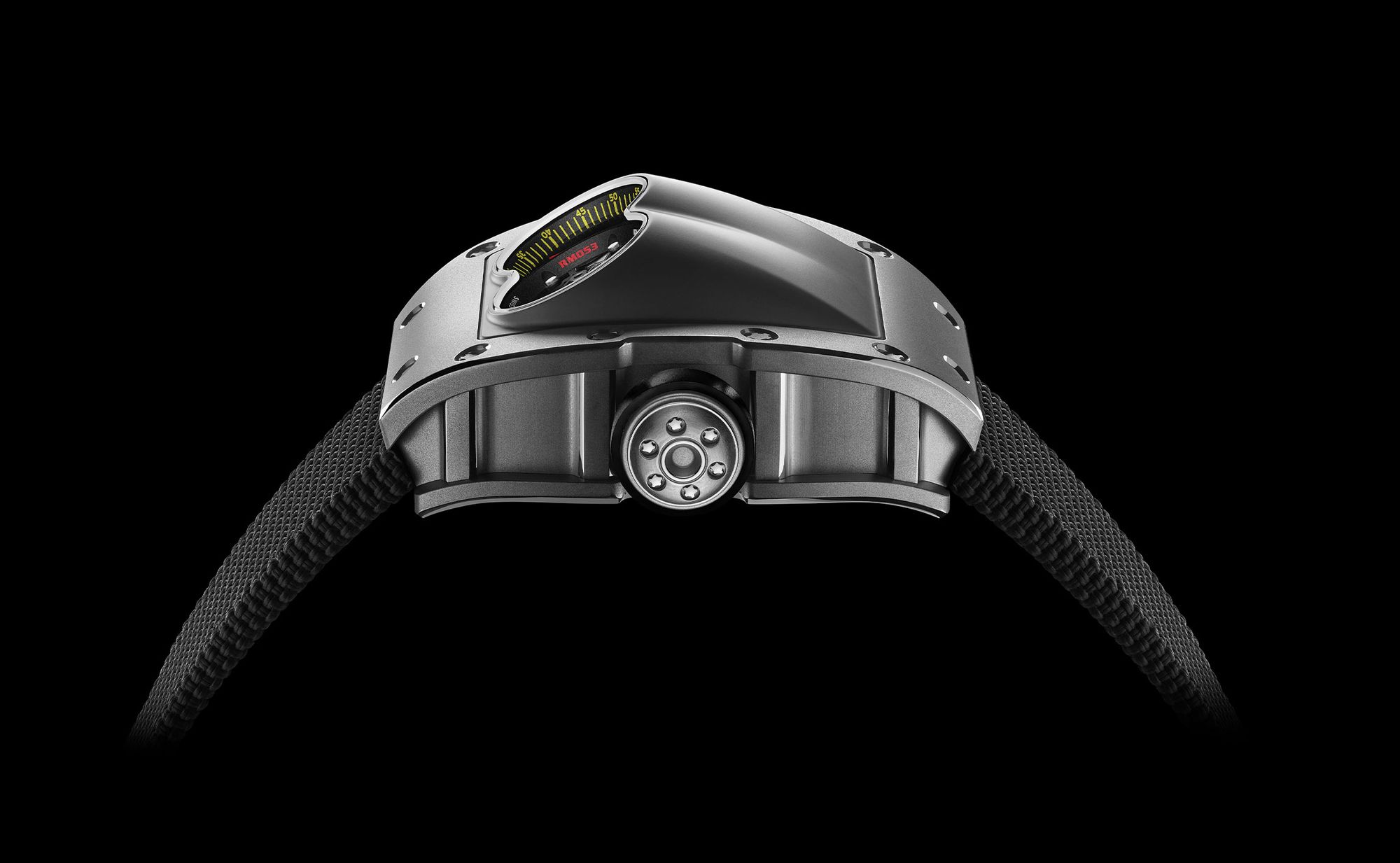
RM 053
Calibre RM053
Manual winding tourbillion movement tilted 30° with hours, minutes and seconds.
Limited edition of 15 pieces.
Polo is possibly one of the toughest sports for any tourbillon watch to have to deal with. Sudden turns, wild swings, the clash of horses and riders: these are forces far greater than the norms found in other sports. Known as the ‘king of sports’ polo is uniquely elegant and highly physical.
Our previous challenges in developing watches capable of resisting extreme stress were directed essentially at fighting the force of gravity.
When we created this tourbillon watch for polo players, the challenge changed and became even more difficult. This sport involves unpredictable and extremely violent physical shocks, especially from the formidable taco to strike the bocha with full force
For Pablo Mac Donough, partner of the brand, Richard Mille had an idea for a totally new case design inspired by the tonneau shape and engineered to tolerate the extreme shocks likely to occur during a polo match. He created an ‘armored’ case in titanium carbide with two raised arcs leading to two viewing windows.
The movement design and windows are tilted at a 30˚ angle. The seconds run with the tourbillon cage on the left viewing window and on the right the hours and minutes are shown. This angled view is ideal when seen from the rider’s saddle.
The highly compact tourbillon movement design uses a highly skeletonised baseplate and bridges with a compact going train-winding barrel arrangement. Since the movement itself is ultra light and tightly unified, it is less susceptible to the centrifugal and centripetal forces generated during a game.
The skeletonised baseplate and the bridges have been subjected to intensive and complete validation tests to optimise their resistance capacities. Polo involves unpredictable and extremely violent physical shocks, especially strikes from the mallet or ball, with full force. For the numerous shock-resistance tests, Richard Mille had to adapt a pendulum-impact testing machine, equipping it with a steel ball that subjected the case and movement to impacts of up to 5,000 g’s
